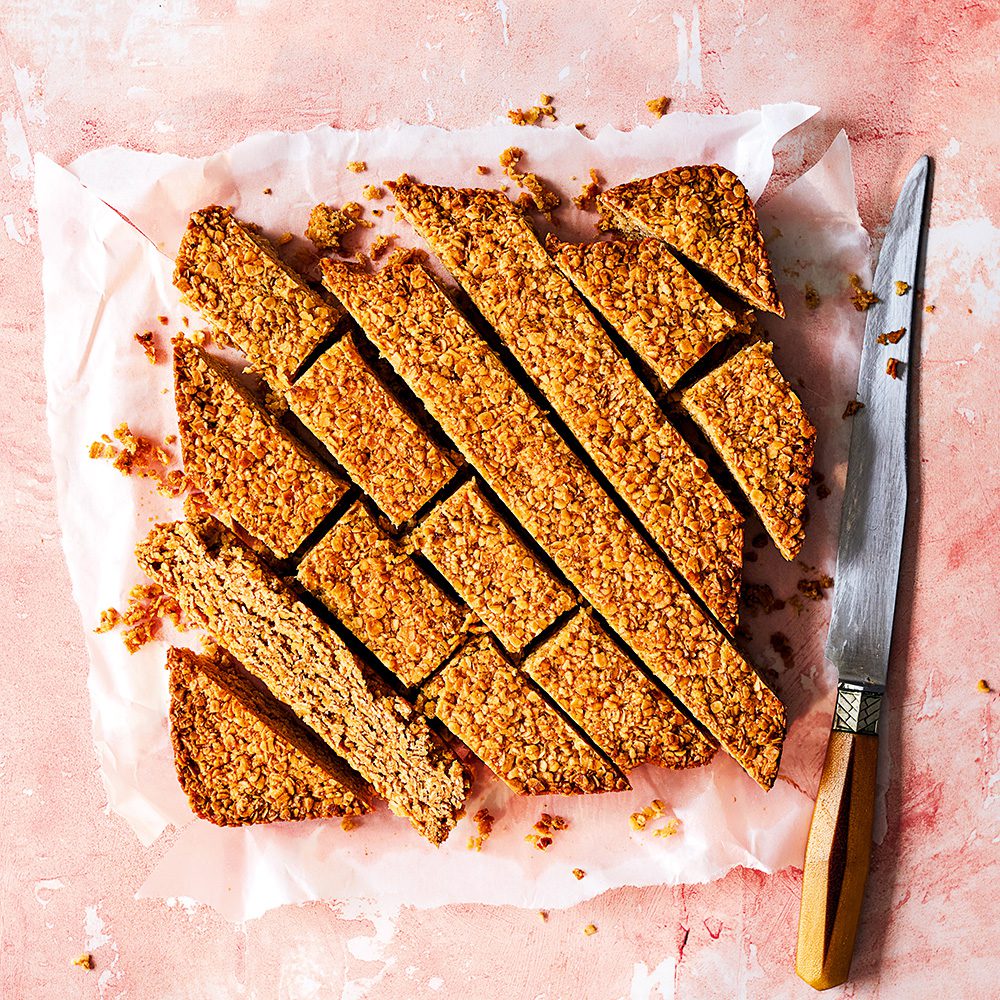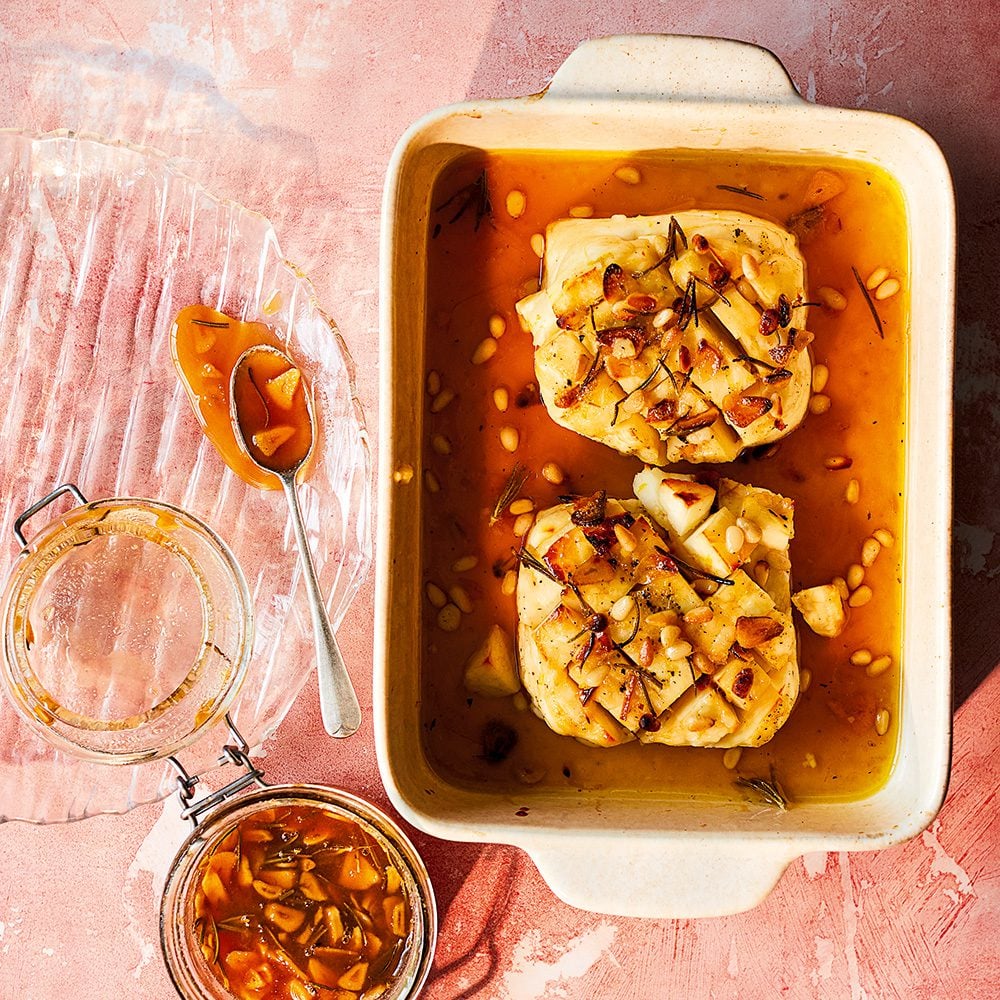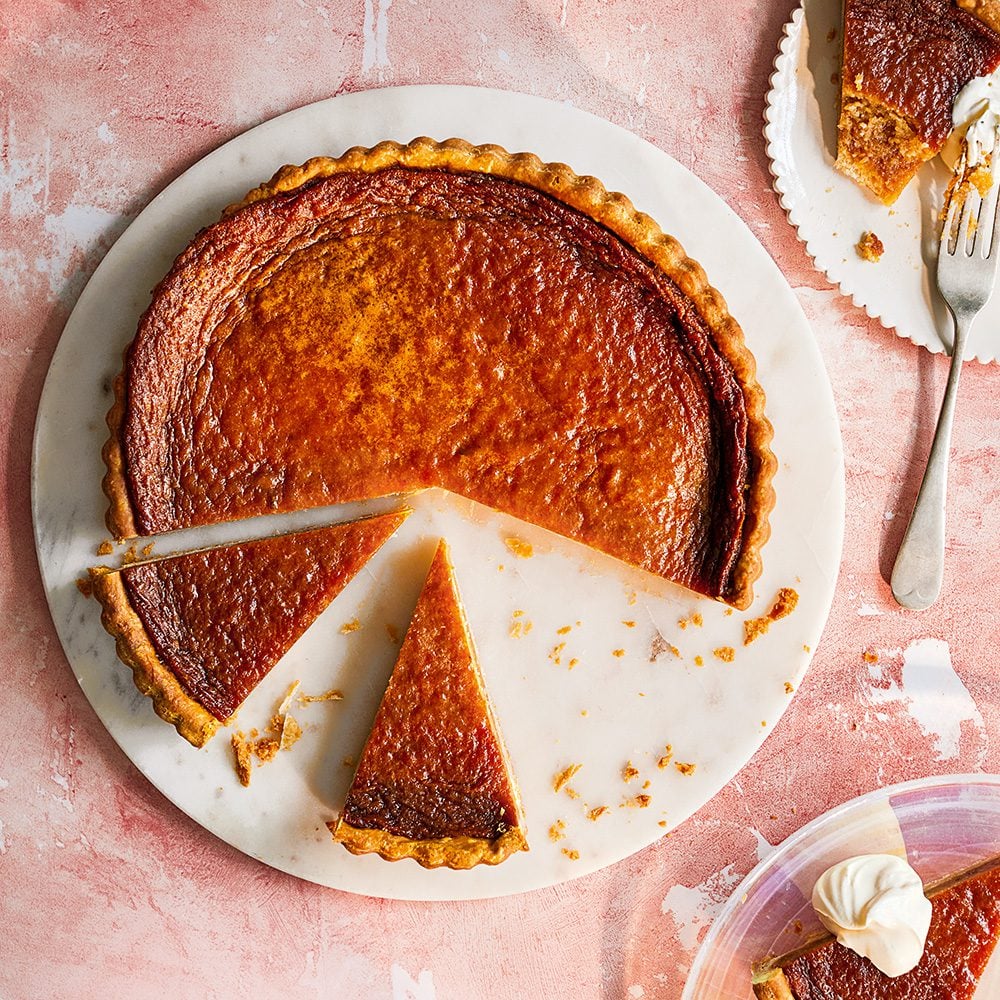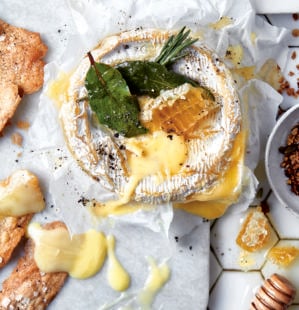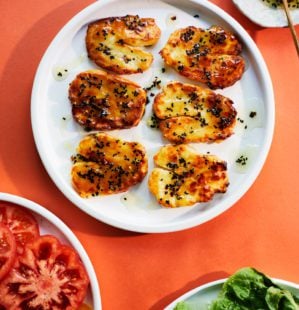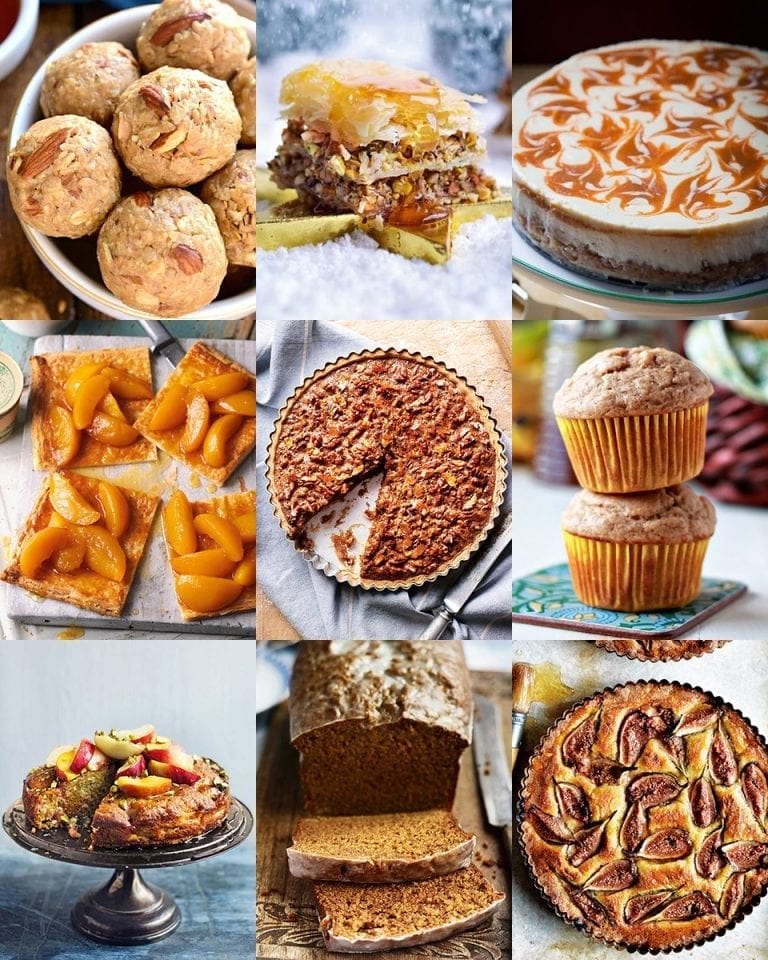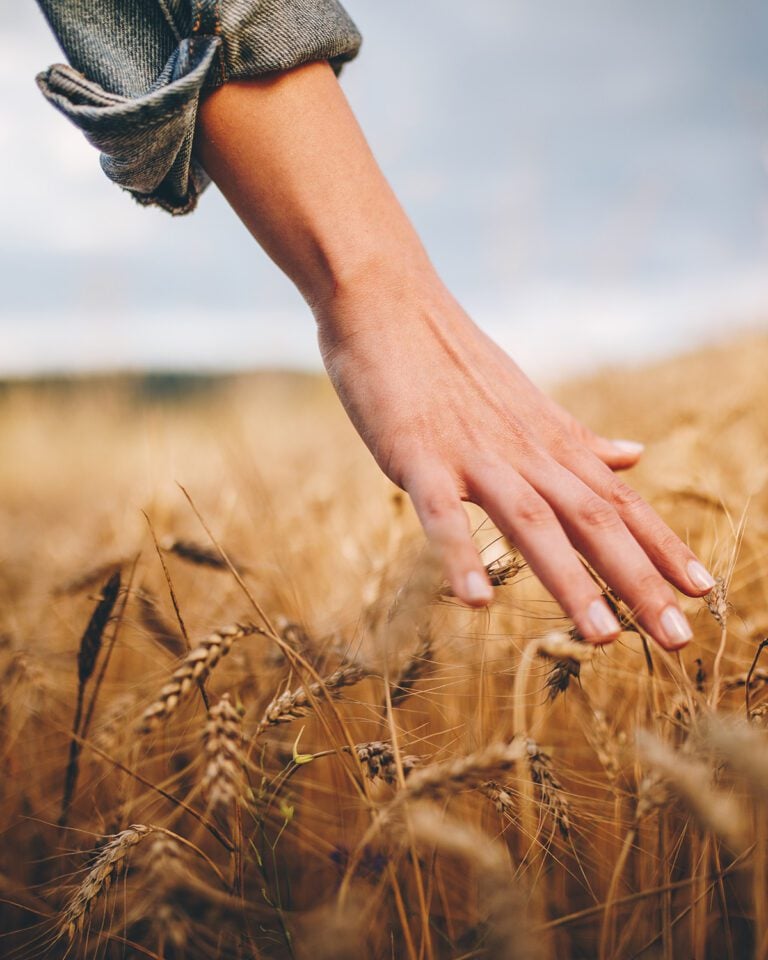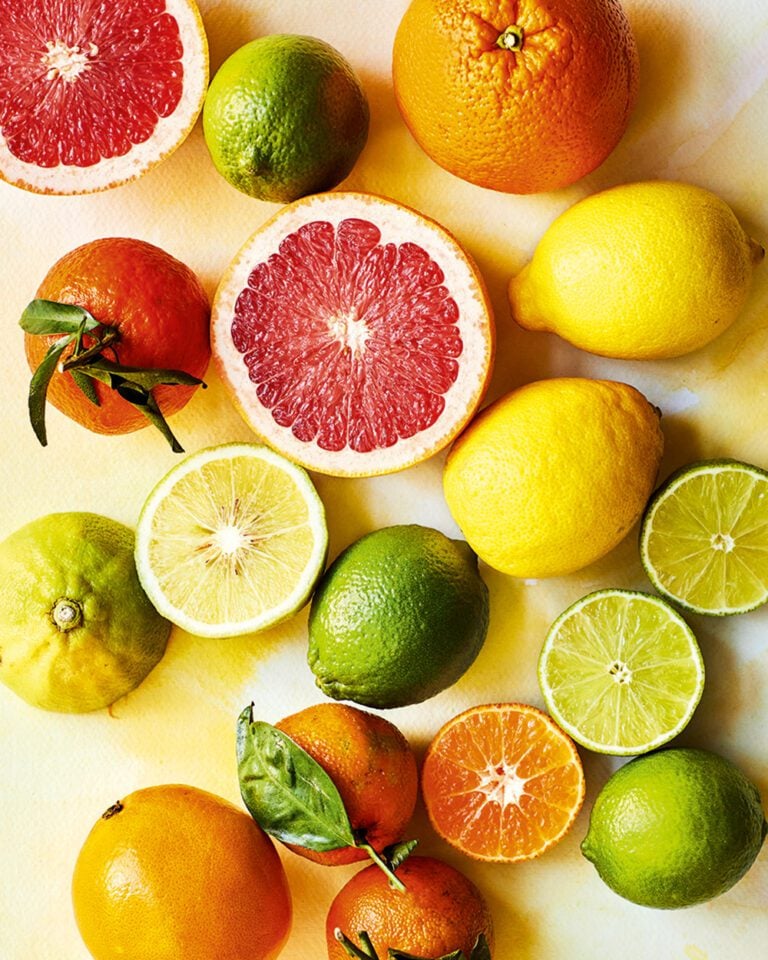What to look for when buying honey – and why it matters
Why is some honey runny and some set? What’s raw honey? Is what you’re buying really honey? It’s revered as the ultimate natural food, but the business of selling honey has become ever more complicated – and a scandal is happening on shop shelves.
Phoebe Stone explores the difference between a squeezy supermarket bottle and a jar from your local beekeeper, while Emily Gussin shares three recipes showcasing honey’s glorious versatility. Read on to learn what to look for when buying honey – and how we can all help look after bees and other pollinators.
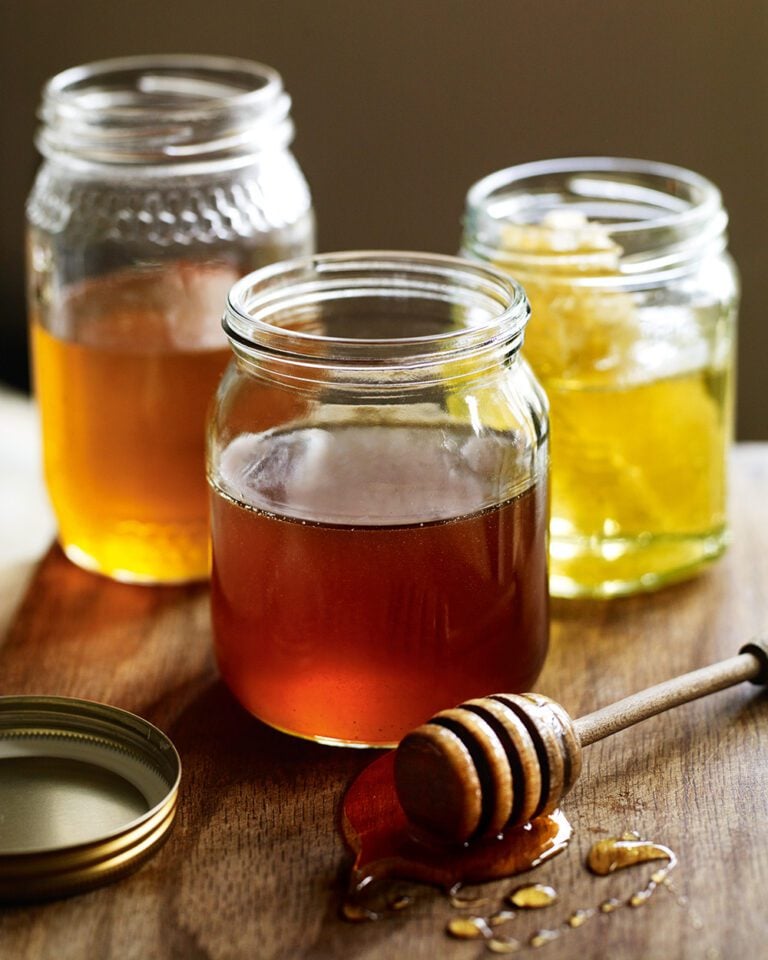
If honey is a staple of your supermarket shop, you might be surprised by the lack of information about it on the jars or bottles on the shelves. Your packets of asparagus have the name of the farmer on it but a basic bottle of ‘runny honey’ might have: ‘A blend of non-EU honeys, packed in the UK’. The shopper is none the wiser. Retailers want reliably runny, low-priced and standardised products. This is achieved by blending honey sourced from around the globe.
“Wine is blended – it’s not something to be snobby about as a concept,” says micro-beekeeper Amy Newsome, author of cookbook Honey, “but you lose the specificity of flavour – and finding out where that honey came from is difficult.” Only around 14 per cent of the honey consumed in the UK is British. We import most from China and there’s no requirement to declare countries of origin for blends from more than one. The EU plans to reform this, and pressure from some beekeepers is urging the UK to follow suit.
The ugly consequence? Honey is one of the most common targets of food fraud. In 2023 the European Commission reported that nearly half the samples tested from 20 countries were suspected of being adulterated with sugar syrup, including all 10 UK-packed samples. That’s why it’s worth spending a little more for the real deal. “We have to rethink how we use honey and see it as a treat ingredient, like extra-virgin olive oil,” says Amy.
“The more you push people to drop prices, the more they’re going to compromise the health of their stock,” says Sarah Wyndham Lewis, honey sommelier and co-founder of sustainable beekeeping practice Bermondsey Street Bees. She has a smart suggestion: for verified honey to be sold alongside an affordable honey-flavoured alternative, which is the norm for maple syrup. “We’re being denied the opportunity to make a fair choice.”
What is so unique about honey?
Honeybee colonies are one of nature’s few superorganisms, working as one to create a miraculous substance. Forager bees collect nectar and begin converting it into fructose and glucose in their honey stomach. Back at the hive, house bees continue the job by ‘chewing’ the haul, before it’s stored in the comb and fanned by wing to concentrate it.
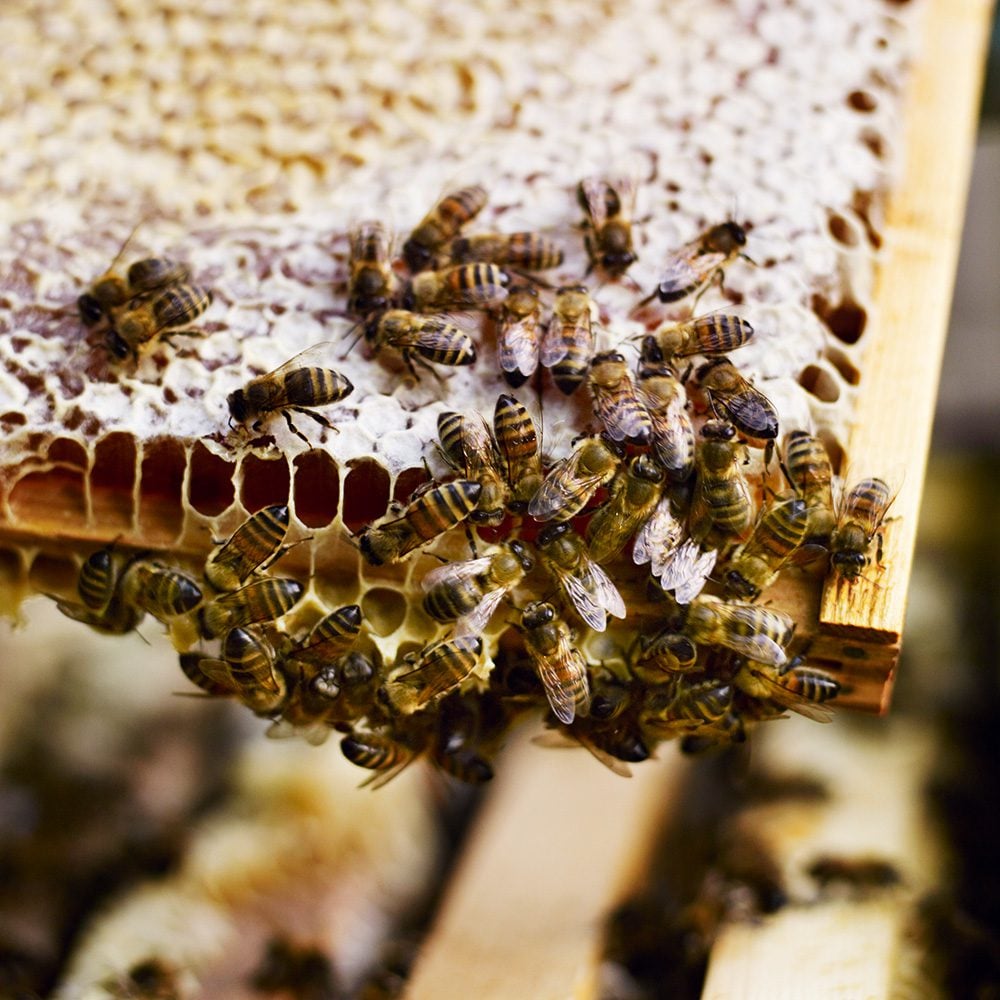
Honey’s taste and texture are determined by what the bees gather – and when. “Terroir is more complex in honey than any other product,” says Sarah. “Our Lambeth Palace honey has 150 floral sources.” Even monofloral honey will have an “evolution of flavours”, she explains – location and season make a difference: “Lime tree nectar in the Altai Mountains in Siberia tastes nothing like lime nectar from lowland France.” As bees venture only a few miles, honey is an edible record. “It tastes not only of a place, but of that place in time,” says Amy. “A spring honey may taste different to an autumn honey harvested from the same hive because different plants are in bloom.”
Honey is a dynamic product interwoven with our environment – and has bags of character
Where can I find quality honey?
Good news: the UK has a healthy cottage beekeeping industry. Upstanding larger players exist, but small and local is a simple route to quality assurance. It’s easy to forget that honeybees are livestock and require responsible husbandry for their welfare and the wider environment they scour.
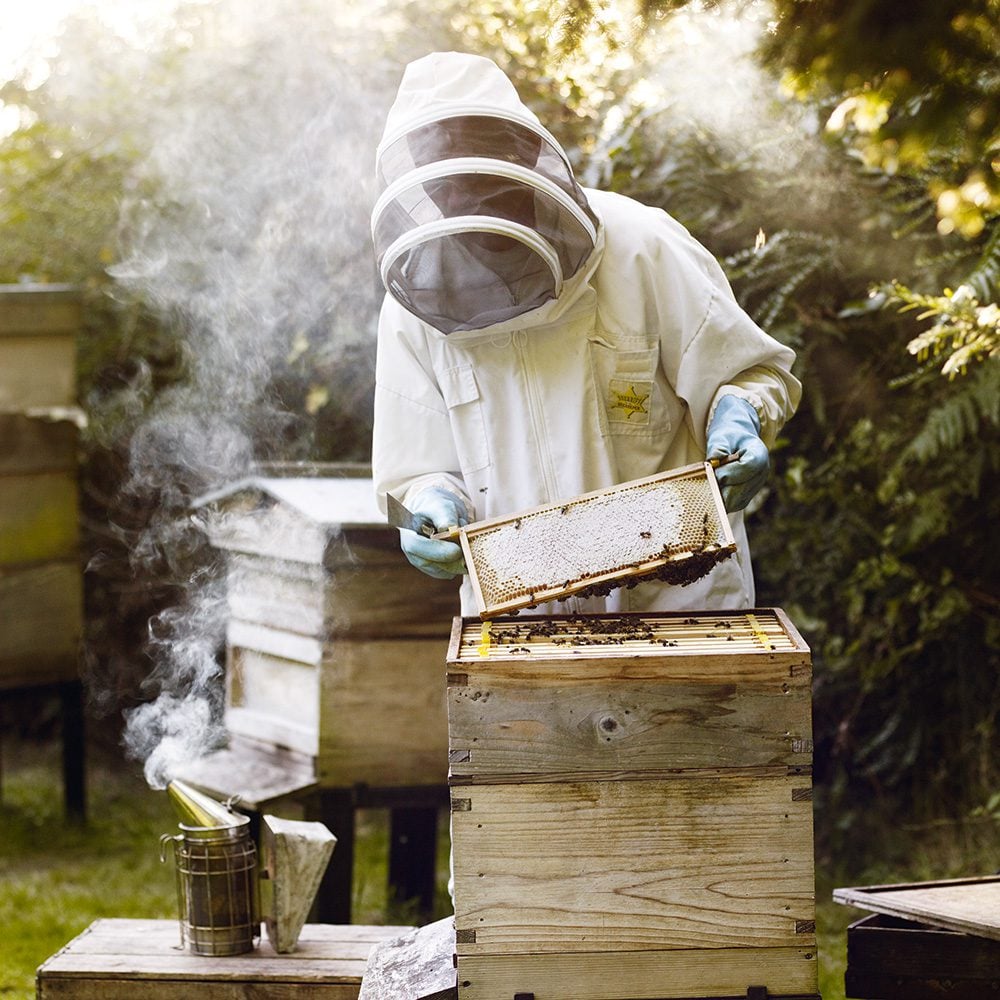
Location and density of hives are key. “Each hive needs 250kg nectar and 50kg pollen a year just to survive – not to make any honey,” explains Sarah. “We have 15 locations and the most hives in any one location is 12, because the land can’t support more.”
Honeybees have the potential to steal resources from wild pollinators, too. When urban bee-keeping exploded in the 2010s, Bermondsey Street Bees led the way by using data-informed siting of hives and planting forage for pollinators; they reduced their London hives and moved to Essex. “You’ve got to be fleet of foot to ensure you’re continuing to do the right thing.”
Honey sustains colonies; ethical beekeepers only take surplus, which should be plentiful but isn’t guaranteed. Look for purpose-over-profit outfits and/or ones that have diverse income sources. “We’re not just hammering all hell out of a set of unfortunate bees to make a living,” says Sarah.
Local honey from small producers is accessible in the UK – it not only promises a better product but provenance, with the opportunity to ask about beekeeping practices
How to really save the bees
Honeybees play another role, too. “About three quarters of the main food crops grown globally need animal pollination, and honeybees are the champions,” says Simon Potts, Professor of Biodiversity and Ecosystem Services at Reading University. He estimates that honeybees service 25-30 per cent of British crops. But Simon stresses that a joint effort between honeybees and wild pollinators is the way forward. “Honeybees can do things wild bees can’t do, like plugging gaps, but there are some crops that honeybees are quite amateur at pollinating.”
The health of all pollinators is threatened by disease, climate change, habitat loss and heavy agricultural use of chemicals. Despite being banned in the EU, bee-toxic neonicotinoids (insecticides) continue to be approved for emergency use here. Honeybee numbers aren’t waning – so getting a hive isn’t the answer – but wild pollinators have declined. That’s why it’s good to buy organic and from farms investing in the environment. “I think, in the long term, sustainable farming will pay for itself as it’s more resilient,” says Simon.
We can help support all pollinators at home too, through thoughtful gardening. “Grow as many flowers as possible for different insects, and at different times of the year see if you have any bloom gaps,” says trained horticulturalist Amy, whose book includes advice. Sarah is the author of Planting for Honeybees and The Wild Bee Handbook. Her bee-friendly tips include growing from seed to avoid chemicals in nursery plants and following the ‘no-dig’ method so soil can better support biodiversity: “The little things we can do join up.”
Honey FAQs
Where can I buy good quality honey?
Find nearby events and beekeepers to buy from via The British Beekeepers Association.
Why is some honey runnier than others?
The balance of fructose and glucose governs how runny the honey is. Glucose-heavy honey (such as rapeseed) crystallises quickly, but all honeys do eventually. Cooler temperatures encourage the process, but there’s nothing wrong with a grainy jar – put it in a bowl of warm water to help restore its fluidity.
What’s the difference between manuka honey and regular honey?
Manuka honey is produced in Australia and New Zealand from manuka tree blossom and is popular for its purported health benefits. Manuka contains the antimicrobial compound methylglyoxal (MGO), leading to jars advertising Unique Manuka Factor (UMF) and other claims. There’s no conclusive evidence that eating manuka is particularly beneficial and, because of the high price it commands, it’s also been a target of fraud.
How to read a honey label
Blended
‘A blend of EU and/or non-EU honeys’ is a common label due to current rules. Choose ones that specify country or better, region.
Pure and natural
This should indicate that the honey hasn’t been adulterated, but it’s still a possibility if the provenance is unclear – and it may have been blended, heated and finely filtered.
Unpasteurised
Heat can control granulation but degrade honey’s unique composition. UK rules discourage extensive heating but look for unpasteurised honey or raw.
Raw
Used variably to distinguish minimal processing, such as not heating above hive temperature (35°C) and coarser straining. The term is controversial and not formally enshrined.
Organic
No UK honeys are certified organic. Choose local British producers that follow organic principles, siting hives away from monocultures.
Runny
Commercial runny honey has probably been heated and finely filtered to stay liquid for longer. Floral varieties high in fructose are naturally runnier.
Set or creamed
Created via churning and/or adding finely crystallised honey to a batch to produce a velvety texture.
Single apiary or origin
The produce of one set of hives from one location.
Monofloral
Honey predominantly from one nectar source. Common varieties include acacia and, in the UK, heather.
Try these inspiring honey recipes
Honey flapjacks
A simple flapjack is the perfect vehicle for showcasing the complex floral flavours of a good honey, highlighting the notes of whatever the bees decided to forage on.
Halloumi with garlic and rosemary fermented honey
Adding garlic and herbs to raw honey introduces just enough moisture to activate fermentation, which leaves you with a slightly tangy, flavour- packed drizzly honey. It’s wonderful with lightly charred halloumi, as the sweetness balances the salty cheese.
Salted honey tart
Creamy set honey gives this tart a pleasingly dense but smooth texture. It’s infused with flaky salt to open your palate and balance the sweetness. Think treacle tart but far more floral and flavoursome.
Inspired to explore honey in the kitchen? Browse the rest of our honey recipes.
Subscribe to our magazine
Food stories, skills and tested recipes, straight to your door... Enjoy 5 issues for just £5 with our special introductory offer.
Subscribe
Unleash your inner chef
Looking for inspiration? Receive the latest recipes with our newsletter
